Nationality Italian Name Italo Mus | Period Impressionism | |
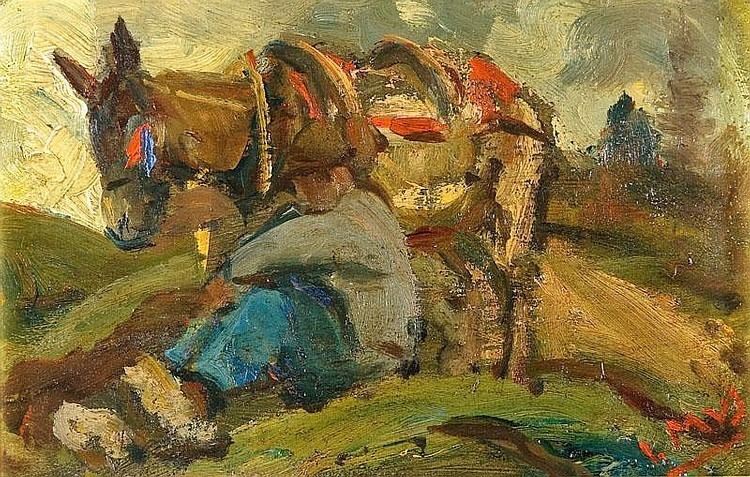 | ||
Born 4 April 1892 ( 1892-04-04 ) Chatillon Awards The first prize of Young Painters 1910 Died May 15, 1967, Saint-Vincent, Italy | ||
Italo mus rubinstein melodia n 1 en fa mayor op3 1
Italo Mus (4 April 1892 – 15 May 1967) was an Italian painter.
Contents
- Italo mus rubinstein melodia n 1 en fa mayor op3 1
- Italo mus boscaiolo 1941
- Early years and family
- Career
- Work
- Prizes
- Selected works
- References
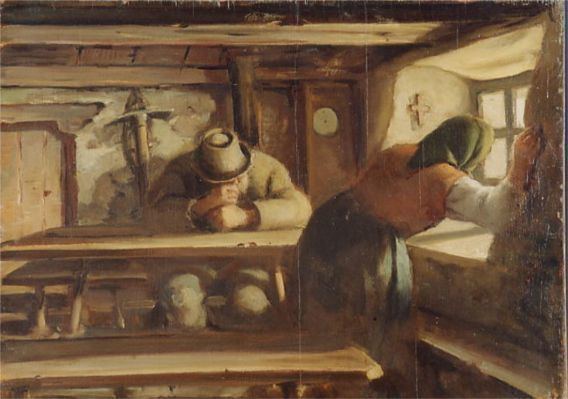
Italo mus boscaiolo 1941
Early years and family
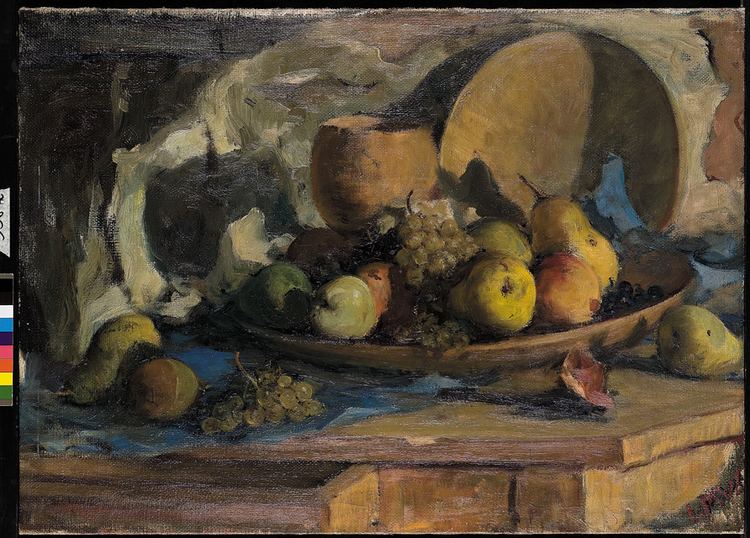
Italo Mus was born in Chaméran, in the municipality of Châtillon to parents from the Aosta Valley. His mother Martine Vallaise was from a noble family of Arnad; his father Eugène Mus was a sculptor from Torgnon. His earliest artistic training took place in his father's workshop where he learn woodcarving. In 1909, recommended by Lorenzo Delleani, he enrolled at the Academy of Fine Arts in Turin and followed the course of painting and drawing. Here his teachers included Giacomo Grosso, Paolo Gaidano, Luigi Onetti and Marchisio: artists faithful to the impressionist tradition, and who taught him the basics of art.
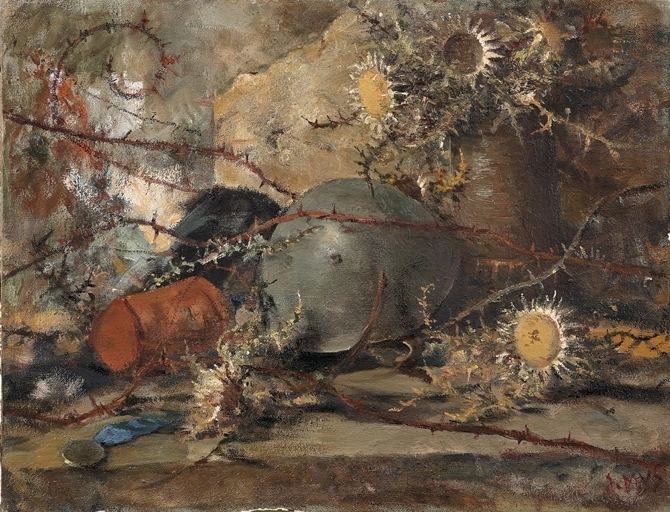
In 1910, the International Center for the Fine Arts in Rome assembled some of the best known painters of the time, including Chagall, Raoul Dufy, Jean Cocteau and Picasso. This was the occasion when the young Mus first gained national recognition, being awarded first prize in the Young Painters’ Salon.
Career
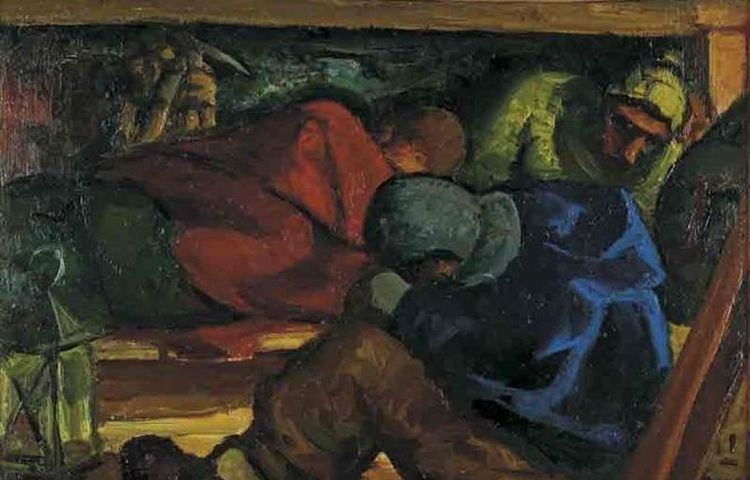
Although very committed to his native Aosta Valley, Mus spent short periods in 1913 working on fresco and restoration projects: first in Lyon and then in Lausanne and in Friesch near Brig in the Swiss the canton of Valais. He took part in the First World War, and while on leave he met Giuseppina Crenna. After the end of the war they married and in due course had four children.
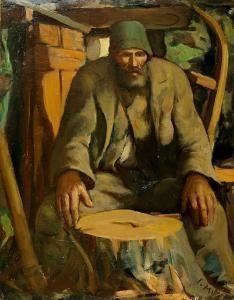
In 1932 Mus was responsible for the Saint-Vincent war memorial. The work, modelled in clay and then cast in bronze in Milan, was of an Alpino holding a weapon in his hand and with a fallen comrade across his knees. No trace of this monument remains: it was melted down in 1940 when its metal was needed for the war effort.
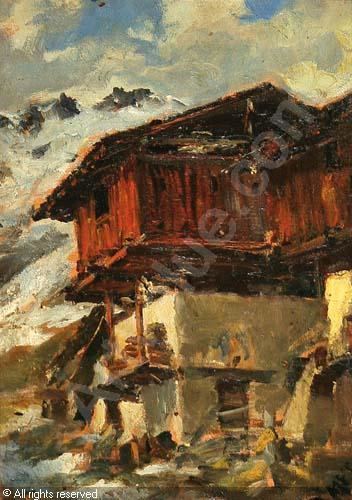
In 1938 the art critic Guido Marangoni saw Mus’s works in his studio and was impressed enough to write an article in the art journal Perseo, describing him as a “highly talented painter.” For a time he worked in his studio at Saint-Vincent with Filippo De Pisis. In 1956 some of his paintings were shown in New York City and Buenos Aires.
In the mid-1960s, while still active, he fell victim to a serious disease which prevented him from continuing to work. Italo Mus died in Saint-Vincent on 15 May 1967.
Work
Mus created about two thousand works: drawings, sketches, and paintings of subjects. For most of his life he used oil on canvas or panel. His activity consists of three clearly defined periods.
Prizes
His long and laborious work was rewarded by many prizes: the Prix Saint-Vincent (1922-1947-1949), the Prix de la Montagne (‘Prize of the Mountain’, Milan 1927), the Premio Einaudi (1950), the Premio Consiglio dei Ministri (‘Italian Cabinet Prize’, Rome 1959), and the Premio Nazionale d'Arte Sacra (‘National Award for Sacred Art’, Rome 1960).
In 1979 the director Gianpaolo Taddeini made a fictionalised version of Mus’s life, based on a text by Ugo Ronfani, for the RAI-Aosta Valley television station: A valley, a Painter: Italo Mus.
